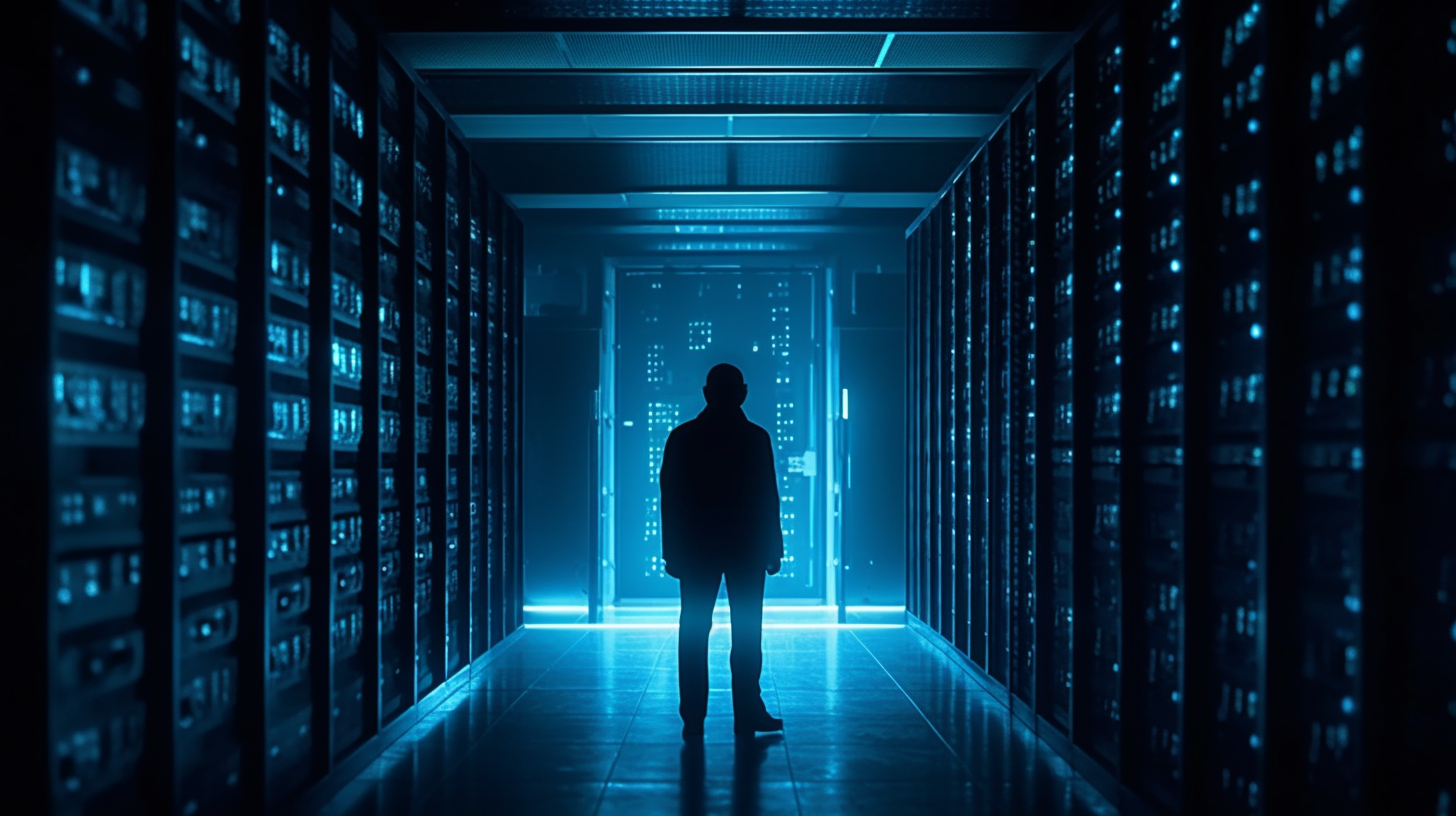The Significance of Physical Security in a Digital World: A Comprehensive Look at its Role in CompTIA Network+ (N10-008) Component

Imagine this: You've painstakingly built a network for your company - adding layers of security, configuring firewalls, ironing out the kinks in your anti-malware software - when, bam! Just like that, a bad actor gains access to your secure data not by cracking your code, but simply by waltzing into your server room. A chilling thought, indeed!
The Academic Take
Among the critical elements on the CompTIA Network+ (N10-008) exam, physical security stands tall. Why is that, you're wondering? Let us delve further into this matter. At first glance, you might view physical security as basic, particularly in this digital age where cybersecurity steals the show. Yet, without robust physical security, the most technologically advanced cyber defenses can crumble like a house of cards.
The main reason physical security is crucial is the irreplaceable nature of physical elements in a network. These elements include servers, switches, routers, and other hardware, all of which can cause significant disruptions if physically manipulated or, worse still, stolen. With physical tampering or theft, an attacker can bypass any digital security protocols in place, accessing sensitive data or wreaking havoc in the system.
For instance, a single computer system can house multiple users' data. Unimpeded physical access to that system could result in breaches of confidentiality, integrity, or availability – the holy trinity in the world of information security. As such, safeguarding your physical network components is as crucial as securing its virtual elements. Similar to the known saying, "a stitch in time saves nine," nipping this threat in the bud can save an organization from potentially devastating losses.
Statistics Don't Lie
Don't merely rely on my word - let the statistics speak for themselves. A Grand View Research report predicts a rise in the global physical security market size, with expectations of reaching a jaw-dropping $171.0 billion by 2027, projecting a compound annual growth rate (CAGR) of 6.5% from 2020 to 2027. This figure strongly underlines the increasing acknowledgment of the pivotal role physical security plays in the comprehensive security outline of global organizations.
Moreover, a 2019 Cisco report found that 60% of businesses experienced downtime due to a security incident. While the report didn't separate physical from digital security incidents, the implication is clear. Physical security incidents can cause downtime, impacting a firm's operational efficiency, profitability, and reputation. Therefore, it isn't surprising that the importance of physical security is emphasized in the CompTIA Network+ (N10-008) exam.
To make matters worse, a recent survey conducted by the Ponemon Institute revealed that 73% of organizations aren't prepared to handle physical security breaches. This alarming statistic underlines the urgency for IT professionals to up their game in physical security – a skill that the CompTIA Network+ (N10-008) exam seeks to imbue in its takers.
In conclusion, as we move further into the digital age, the importance of physical security remains undiminished. While the buzz around cybersecurity is rightfully deserved, the emphasis on physical security should certainly not be sidelined. Undoubtedly, as an IT professional, treating cybersecurity and physical security as two facets of the same entity will serve you well. Thus, arm yourself with this lucid perspective for your exam, and you're paving your way to success!